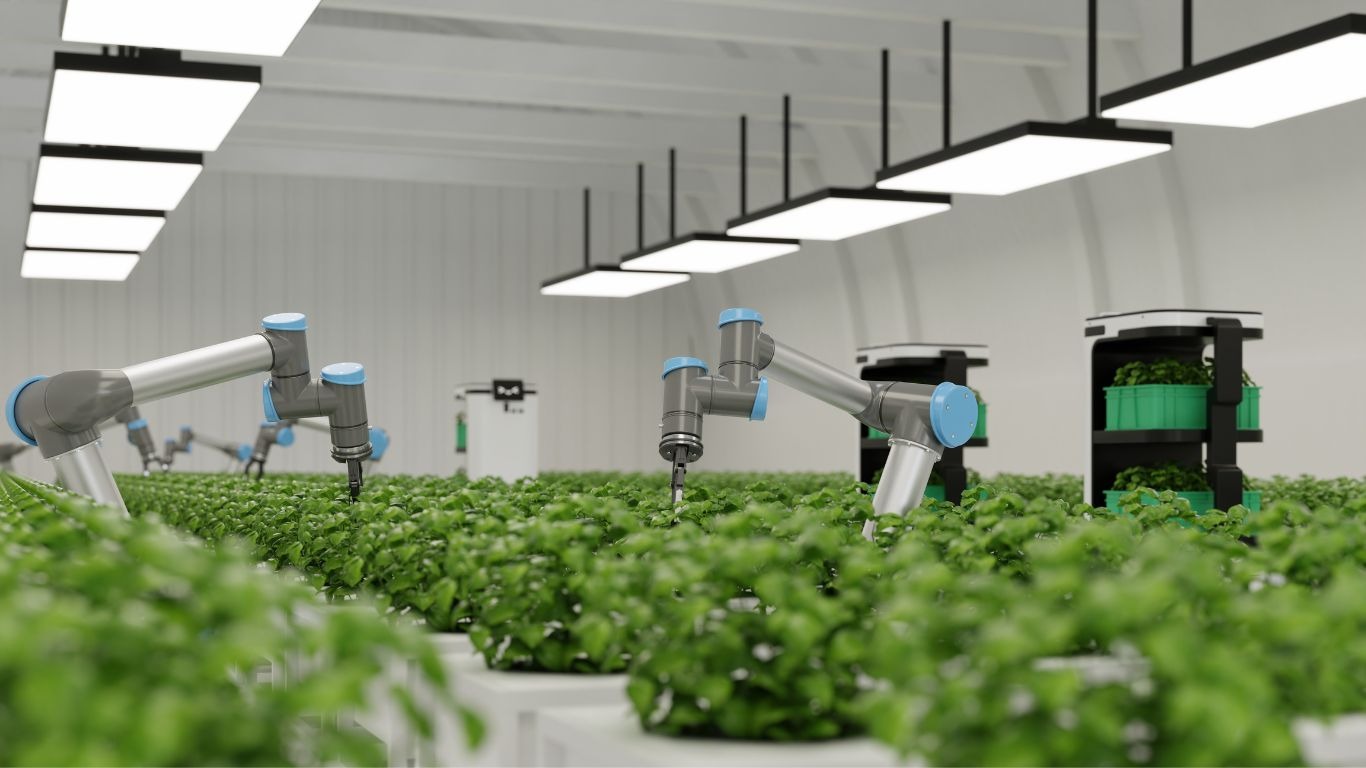Monday, 05/01/2026 | 09:41 GMT+7
Integrating artificial intelligence into today's environmental control systems could reduce energy consumption for indoor agriculture by 25% -- potentially helping to feed the world as its population rises, Cornell University engineers have found.
The research published in Nature Food.
The world population is expected to grow to 9.7 billion people by 2050, according to the United Nations.
This growth, combined with climate change and urbanization, requires fixes for the flaws in the world's current food production systems, the researchers said.
Indoor farming methods, such as plant factories with artificial lighting, are less vulnerable to climate change, but they're energy intensive and require careful resource management to be sustainable.
"Existing environmental control systems are not smart enough," said Fengqi You, professor in energy systems engineering at Cornell.
By using AI techniques like deep reinforcement learning and computational optimization, the scientists analyzed lettuce cultivated in indoor agriculture facilities within eight diverse locales -- Los Angeles, Chicago, Miami, Seattle, Milwaukee, Phoenix, Fargo, North Dakota and Ithaca, New York throughout the U.S. -- as well as Reykjavík, Iceland and Dubai, United Arab Emirates.

Energy use dropped to 6.42 kilowatt hours per kilogram fresh weight (energy needed or used to produce one kilogram of indoor-grown lettuce) from 9.5 kilowatt hours per kilogram fresh weight, in places that use non-AI technology.
The researchers found that for warmer areas, such as Dubai or the southern U.S., AI reduced energy usage to 7.26 kilowatt hours per kilogram fresh weight, down from 10.5 kilowatt hours per kilogram fresh weight.
Low ventilation during light periods (16 hours of simulated sunlight) and high ventilation during dark periods (eight hours that simulate night) provided an energy-efficient solution for optimal indoor carbon dioxide levels for photosynthesis, oxygen for respiration and plant growth, and balanced other ventilation requirements.
"This is a very similar concept to smart homes," You said. "We want to be comfortable at home while reducing energy use; so do crops. This work focuses on a smart system to make food production optimal, sustainable and lower the carbon footprint. That's what AI does very well. We can save quite a bit if we use AI to optimize the artificial lighting and other energy systems carefully."
According to ScienceDaily








 Webinar 2: “Financial Support for Energy Efficiency Enterprises – Opportunities and Challenges”
Webinar 2: “Financial Support for Energy Efficiency Enterprises – Opportunities and Challenges”
 Vietnamese enterprises achieve green growth and cut costs through energy efficiency
Vietnamese enterprises achieve green growth and cut costs through energy efficiency
 Capacity Building for Program Implementing Entity
Capacity Building for Program Implementing Entity
 Enhance Energy Efficiency Knowledge for Managers of Cement Industrial Enterprises
Enhance Energy Efficiency Knowledge for Managers of Cement Industrial Enterprises
 Capacity building for participating financial institutions in Ho Chi Minh City
Capacity building for participating financial institutions in Ho Chi Minh City
 Strengthening capacity for energy management officers of local government agencies
Strengthening capacity for energy management officers of local government agencies
 Steel Enterprises Saving Energy and Enhancing Competitiveness
Steel Enterprises Saving Energy and Enhancing Competitiveness